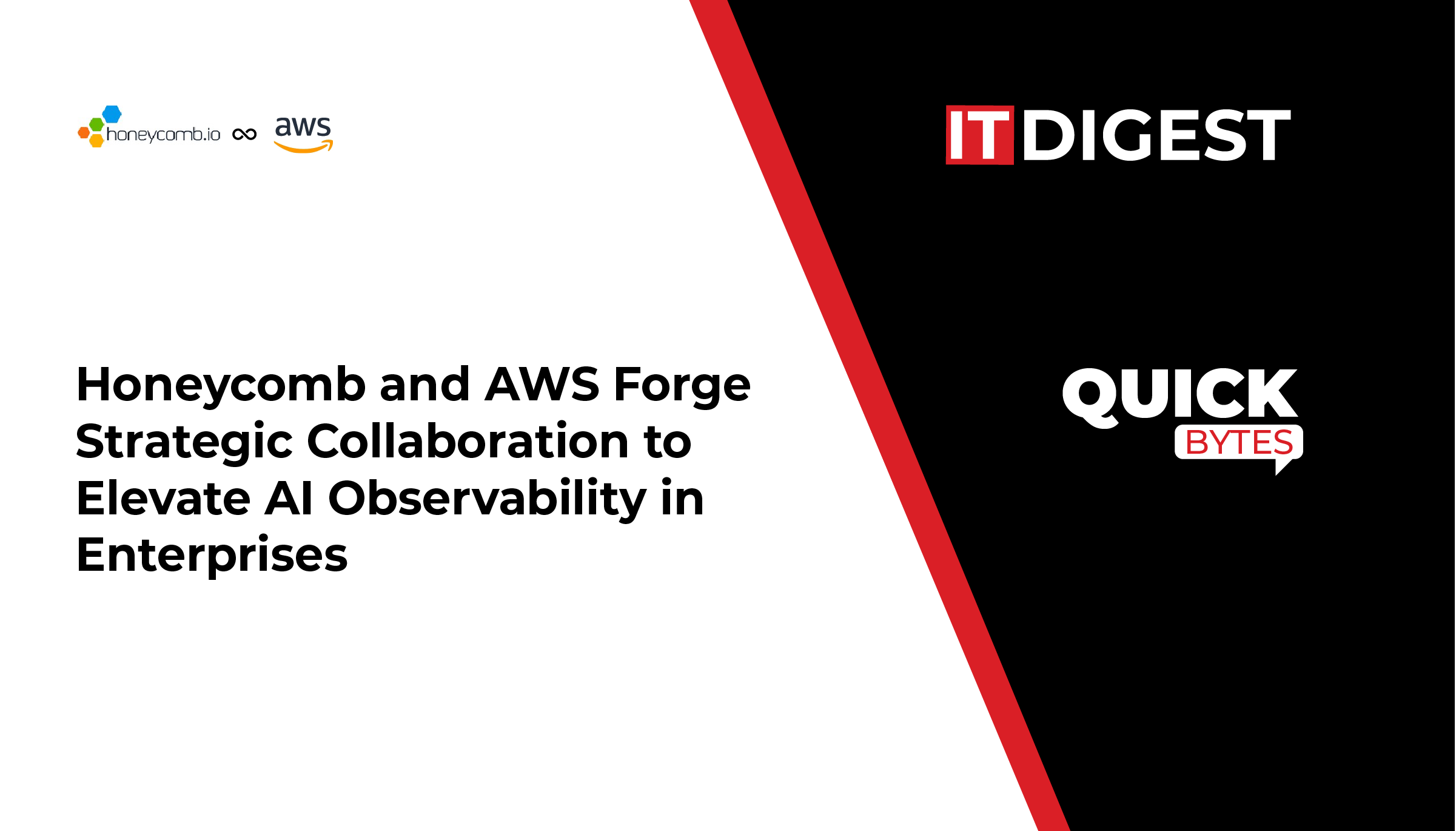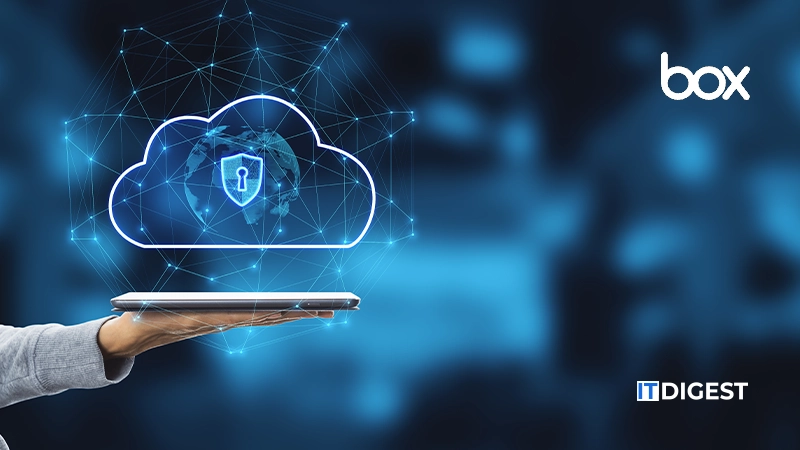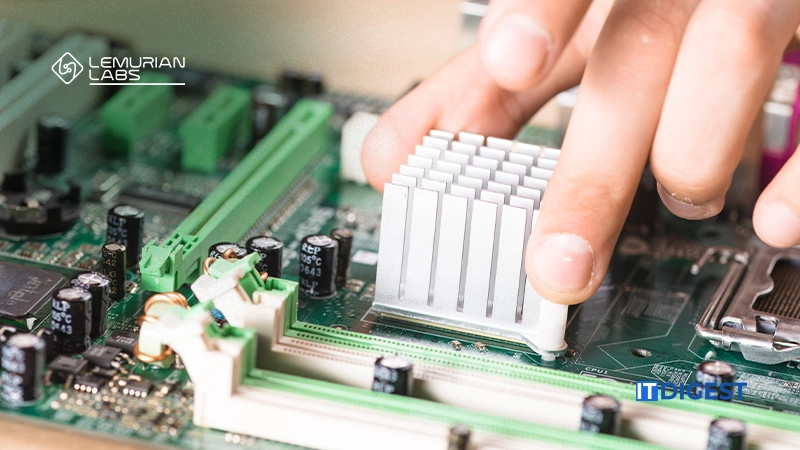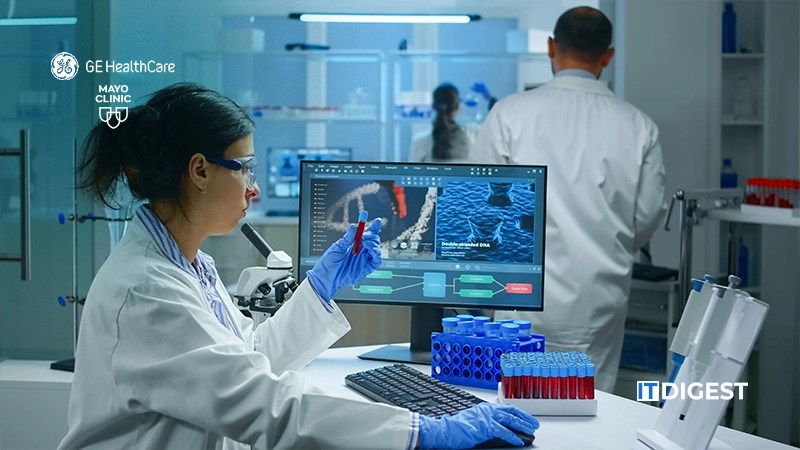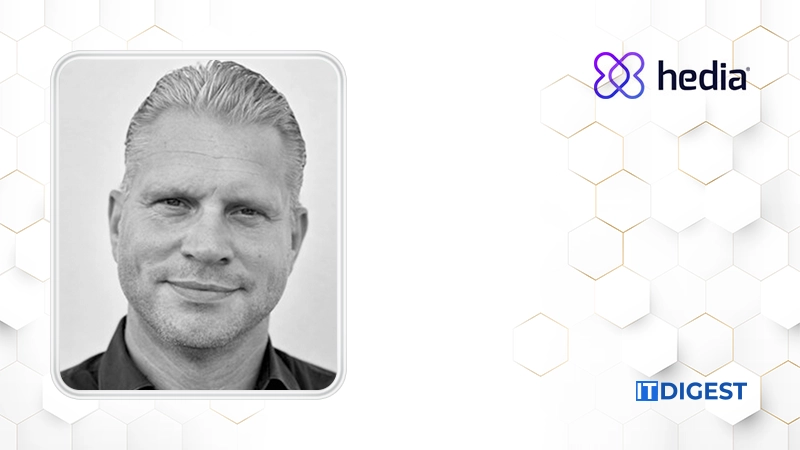Imagine having your health under a friendly and watchful eye, right from the comfort of your own home. That’s the magic of Remote Patient Monitoring (RPM), where technology becomes your health companion. RPM isn’t just about gadgets; it’s about a new way of taking care of yourself, especially if you’re managing a chronic condition. It’s like a helping hand that keeps you connected with your healthcare team, ensuring you get the right care when you need it. So, let’s dive into this modern health ally and see how it’s changing the way we look after ourselves.
What is Remote Patient Monitoring?
 Remote Patient Monitoring (RPM) is like having a health assistant in your pocket. It’s a part of telehealth that uses mobile gadgets and smart technology to collect your health info and send it to your doctor. Imagine it as your smartwatch checking your heart rate, blood pressure, and weight, and then sending that data to your doctor through a special app on your phone or computer.
Remote Patient Monitoring (RPM) is like having a health assistant in your pocket. It’s a part of telehealth that uses mobile gadgets and smart technology to collect your health info and send it to your doctor. Imagine it as your smartwatch checking your heart rate, blood pressure, and weight, and then sending that data to your doctor through a special app on your phone or computer.
This RPM tech is really handy for people who need long-term care, like those with chronic illnesses, elderly folks, or folks recovering from a hospital stay. It’s like having a virtual nurse who watches over you between doctor visits. It can also help companies keep an eye on their workers’ health, especially if there’s been a work-related injury.
Here are some examples of how RPM can be used:
- People with diabetes can use glucose meters that send their blood sugar data to their doctors.
- You can have a heart rate monitor or blood pressure gadget that checks your vitals and keeps your doctor in the loop.
- Some devices can even monitor people with conditions like dementia, alerting doctors if there’s a fall or other problems.
- There are even gadgets for remote infertility treatment and monitoring.
- RPM can help folks dealing with substance abuse stay on track with tests they can do at home.
- There are apps for tracking your diet or counting calories too.
So, how does it work? Well, it depends on the device, but most remote patient monitoring devices have a sensor that measures stuff like your heart rate and stores that info. Then, it connects to your doctor’s database through an app. You can see your data on the app, and so can your doctor. The device can alert you and your doctor if something’s wrong.
Some of the remote patient monitoring companies are Health Recovery Solutions, Babyscripts, TytoCare, Accuhealth, and more.
Benefits of Remote Patient Monitoring
The cool part about RPM is that it’s a win-win. It offers several advantages:
- Empowered Patients: RPM devices empower patients by involving them in managing and understanding their health conditions.
- Enhanced Care Quality: RPM provides patients and healthcare providers with more relevant data, which boosts the quality and value of healthcare.
- Improved Healthcare Access: By enabling patients to perform basic health tests independently, RPM helps healthcare professionals serve more patients.
- Education and Support: RPM offers daily information and feedback to patients about their conditions, promoting education and providing essential support.
- Peace of Mind: Constant monitoring through RPM reassures patients that potential health issues will be detected promptly, providing peace of mind.
Telemedicine vs. Remote Patient Monitoring
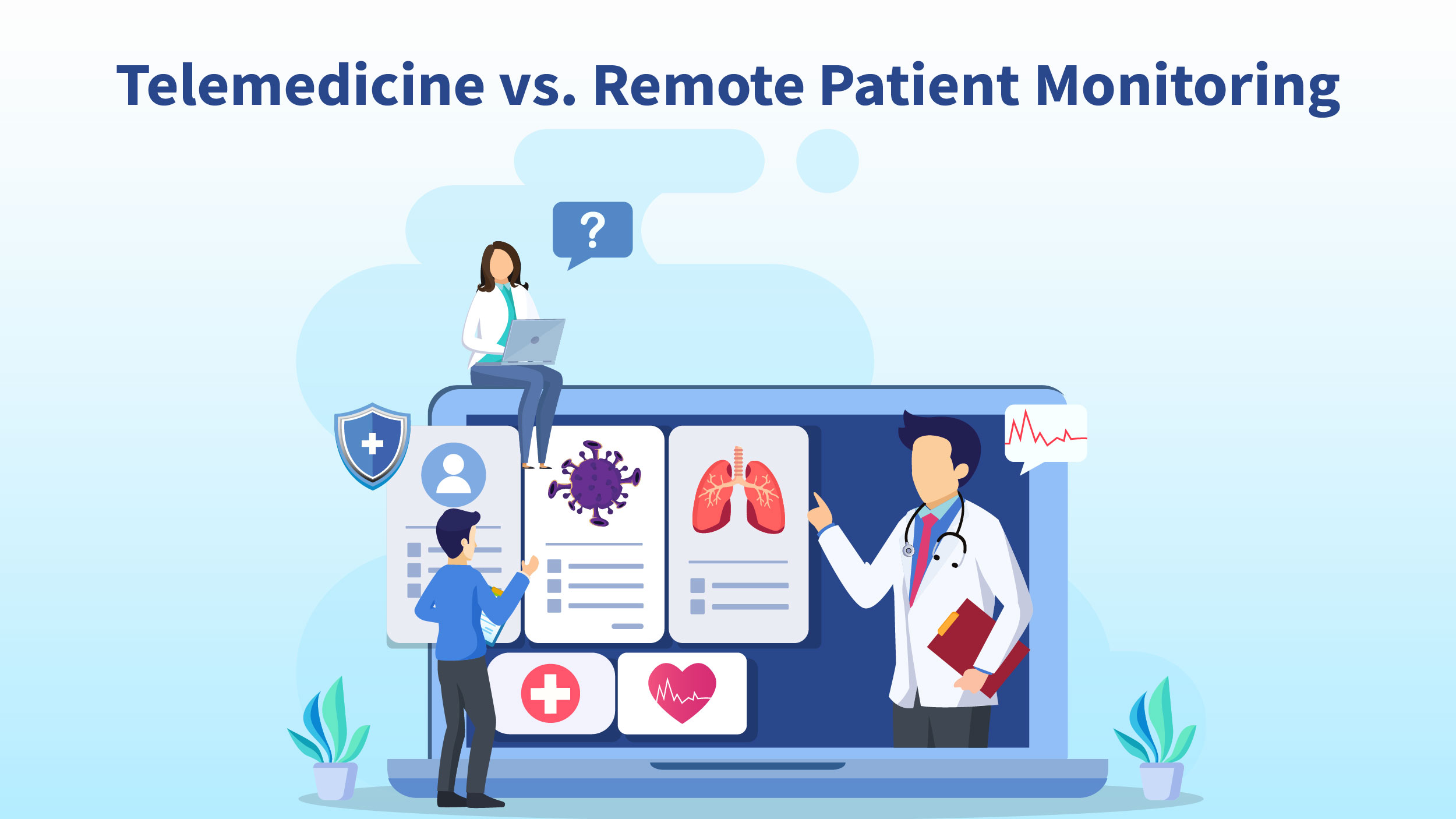 RPM and Telehealth are two related but distinct concepts within the realm of healthcare technology. It’s important to clarify these distinctions because sometimes there is confusion about what each term means, and this clarity is vital for coding and billing purposes.
RPM and Telehealth are two related but distinct concepts within the realm of healthcare technology. It’s important to clarify these distinctions because sometimes there is confusion about what each term means, and this clarity is vital for coding and billing purposes.
Think of it this way: RPM is like a specialized tool within the larger toolbox of telehealth. It’s not the same as telemedicine, which is another tool in that toolbox but with a different purpose.
This distinction is crucial for several reasons, one of them being the way healthcare services are coded and billed. To understand this better, consider how Medicaid defines telehealth. According to Medicaid, telehealth encompasses various technologies like phones, fax machines, email systems, and RPM devices. These RPM devices collect and send patient data for monitoring and analysis. However, it’s important to note that they don’t fit the specific Medicaid definition of telemedicine. Although, they still fall under the broader category of telehealth services.
Recent Trends in RPM
Wondering about the latest in Remote Patient Monitoring? Well, here’s the scoop:
- Growing User Base: Insider Intelligence predicts that by 2025, around 6 million people in the U.S., which is about 26.2% of the population, will be using RPM tools. It’s catching on!
- Reducing Hospital Readmissions: Healthcare providers are getting smart with RPM, using it to cut down on hospital readmissions. For instance, the University of Pittsburgh Medical Center saw a whopping 76% drop in the risk of readmissions and maintained high patient satisfaction (over 90%) by giving patients tablets and RPM gear.
- Benefit for Seniors: Older folks are finding RPM tech pretty helpful, especially for managing multiple chronic diseases. A survey by KLAS Research showed that 38% of healthcare organizations using RPM for chronic care management saw fewer hospital admissions, and 17% reported saving on costs. Seniors are making the most of this tech.
- Miniaturization on the Horizon: The next big thing in RPM tech is making the devices smaller and less intrusive. Companies are also teaming up with new players to reach even more people. For example, Dexcom and Alphabet’s Verily have joined forces to create a tiny implantable diabetes sensor that sends health data to devices and smartphones via Bluetooth. So, RPM is getting even more convenient.
In a Nutshell
Remote patient monitoring is like having a watchful friend who keeps an eye on your health, especially if you’re dealing with chronic conditions. It’s not just a fancy gadget; it’s a game-changer in healthcare. With RPM, patients are more engaged in their own well-being, and healthcare providers have access to valuable data, resulting in better care quality. It’s a win for everyone, from seniors with multiple health issues to busy healthcare professionals. And the best part? RPM is getting even better with smaller, more convenient devices on the horizon.




